Fluted Wood Paneling FAQ: Everything You Need to Know
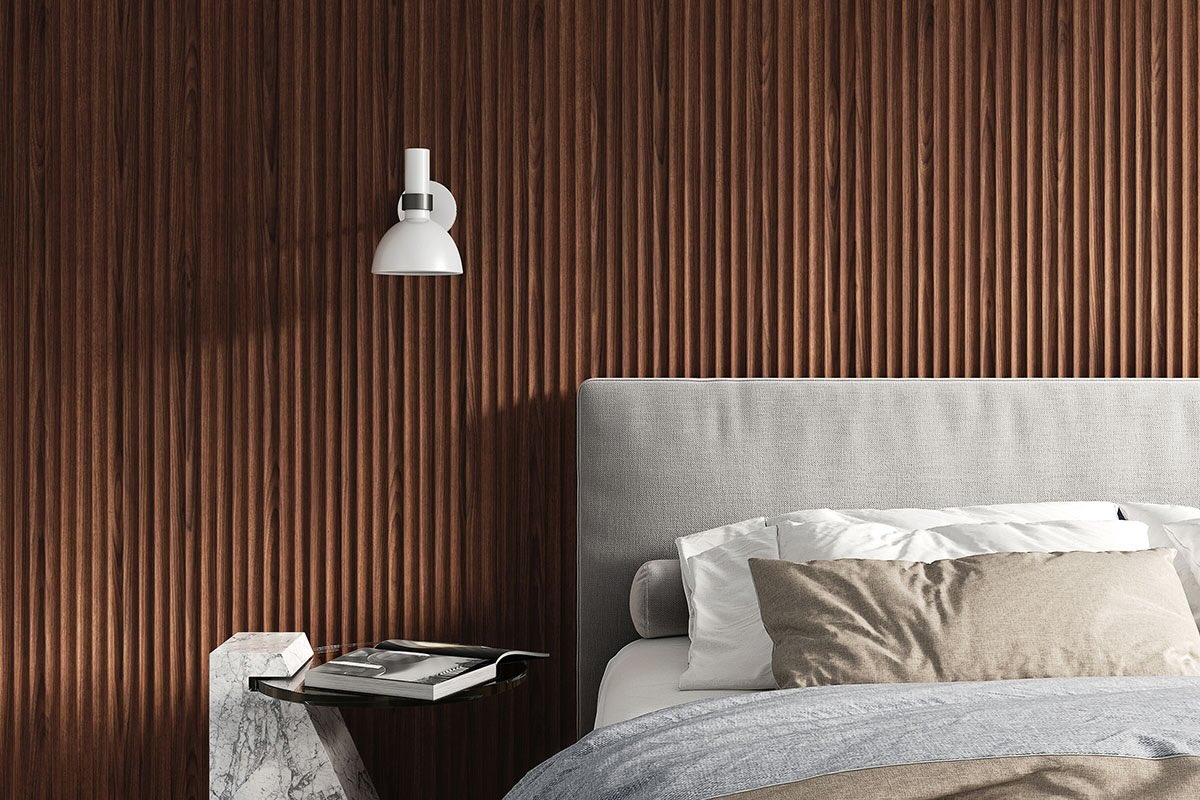
With the rise of modern interior trends, fluted wood panels have become a go-to design upgrade for homeowners, renters, and designers alike. These panels add both texture and a sleek, contemporary edge to otherwise plain walls.
Plus, the built-in sound-softening perks of fluted accent wall panels make them a favorite in open layouts, offices, and cozy living spaces.
This FAQ guide answers the most common questions about fluted wood panels, what they cost, how to install them, and whether they add value to your home.
Whether you’re renovating a rental or customizing your forever home, this guide will help you decide if fluted panels are right for your project.
How Do You Install Fluted Wall Panels?
Installing fluted wood panels is a relatively straightforward process that can be done with basic tools. Surface prep is key. Surface prep is key make sure your wall is clean and smooth before applying panels with adhesive or brad nails.
Caulking and painting are optional for a more polished finish. When cutting panels to fit, use a circular or table saw and always cut with the decorative side facing up for a clean edge.
What Are the Disadvantages of Fluted Panels?
Like any material, fluted panels have a few drawbacks. Not all types are waterproof, especially MDF versions, which can swell in humid environments if not properly sealed.
The deep grooves can collect dust and require regular cleaning to stay sharp-looking. And while beautiful, fluted panels are harder to patch than flat drywall if damaged.
Why Are Fluted Panels So Expensive?
The higher cost comes from both materials and craftsmanship. Real wood fluted accent wall panels can cost between $20 and $50 per square foot, especially if prefinished or custom-sized.
The labor involved in creating evenly spaced, deep grooves adds to the price. Unlike flat panels or drywall, the detailed texture makes fluted panels feel premium, but it also bumps up the budget.
How Much Does It Cost to Add Wall Panels?
Cost varies depending on the material. Standard MDF fluted wood panels range from $5 to $12 per square foot, while natural wood types cost $20 to $40. If you want moisture-resistant panels like PVC, expect to pay around $10 to $25 per square foot.
The good news is that DIY installations can cut labor costs by 30 to 40% compared to professional installs.
Is It Cheaper to Install Paneling or Drywall?
Drywall wins in terms of raw material cost, about $1.50 per square foot. But once you factor in the labor for mudding, taping, sanding, and painting, fluted accent wall panels can actually save time.
DIYers often go with paneling to avoid hiring contractors or dealing with messy finishing steps.
Does Wall Paneling Add Value to a House?
Fluted wood panels make rooms feel more high-end by adding depth and character. They’re especially impactful in entryways, living rooms, and bedrooms where first impressions matter.
What Are the Disadvantages of Paneling?
While trendy, wall paneling might not fit every home style. It can look too modern for traditional spaces. Budget-grade options can warp or peel in humid areas if not sealed properly. And installation mistakes like misaligned panels or uneven spacing can be hard to hide.
Does Paneling Make a Room Look Bigger or Smaller?
Strategically placed fluted accent wall panels can actually make a room feel larger. Vertical grooves draw the eye upward, which makes ceilings feel taller. Light-colored panels can also reflect light and enhance the sense of space. Just avoid covering all walls to prevent a boxed-in feel.
What Features Add the Most Value to a House?
Open-concept layouts, upgraded storage, and standout design features add big value.
According to the National Association of Realtors, aesthetic improvements are among the most impactful upgrades for resale. Fluted wood panels help achieve this without the need for major renovations.
Can Fluted Panels Go on Ceilings?
Yes, fluted accent wall panels are often used on ceilings, especially in hallways or bedrooms where they create dramatic visual interest.
These panels also offer acoustic benefits by diffusing sound more effectively than flat surfaces. Installation is similar to wall application but may require stronger adhesive or additional bracing.
Can Fluted Panels Be Painted or Stained?
Absolutely. MDF-based panels take well to water-based acrylic or latex paints, while real wood panels can be stained or oiled to highlight natural grain. For best results, always sand between coats and use primer to promote adhesion and color consistency.
Are Fluted Panels Good for Small Spaces?
They can be a great fit. Vertically aligned fluted accent wall panels in lighter tones make tight areas like entryways and bathrooms feel taller and more open. Keep the grooves slim and consistent for a cleaner look that doesn’t overwhelm narrow rooms.
Do Fluted Panels Help with Soundproofing?
Yes, they do. The grooved design of fluted wood panels helps break up sound waves, reducing echo and improving overall acoustics. This makes them especially useful in media rooms, offices, or any space with hard surfaces and high ceilings.
Conclusion
Fluted wood panels offer both visual and acoustic perks, with long-lasting style and surprisingly simple installation.
While they may cost more than flat drywall, they give you a sleek, designer-level upgrade with minimal effort. For anyone looking to elevate their space, fluted accent wall panels strike the perfect balance of impact and practicality.
To make the most of your investment, pick the right panel for your room. Use MDF for dry interiors, opt for PVC or treated panels in moisture-prone areas, and always follow install guides for a smooth finish.
Whether you're a weekend DIYer or a seasoned renovator, these panels are worth the attention they’re getting.
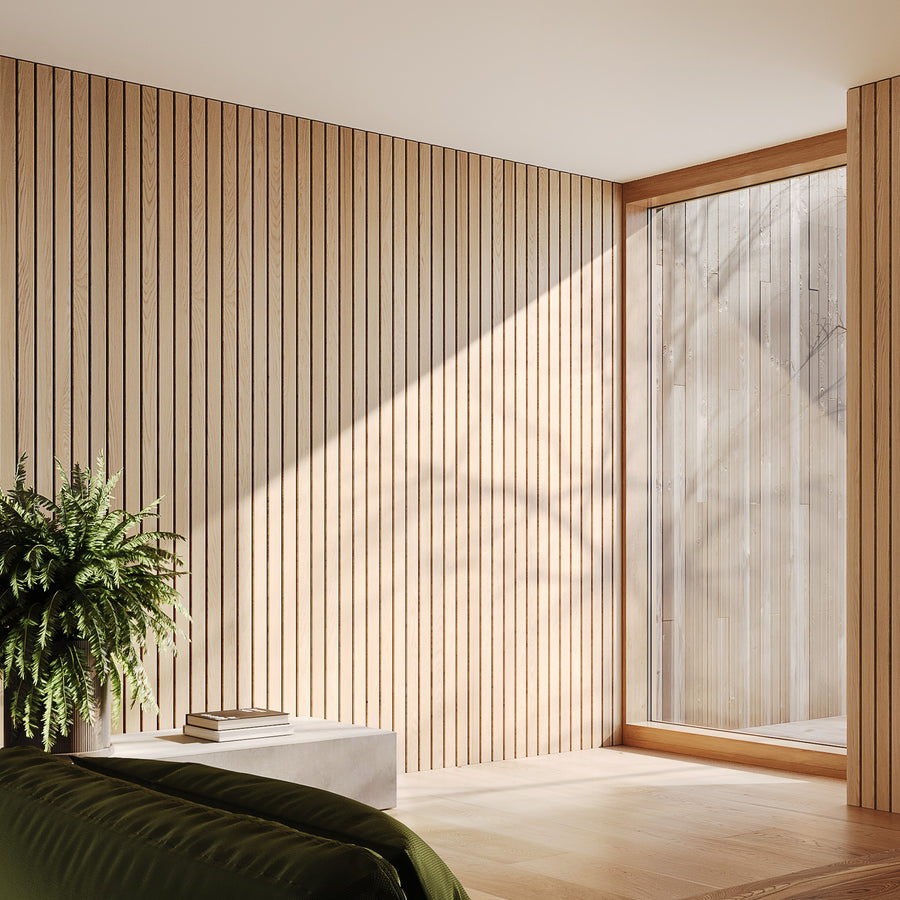
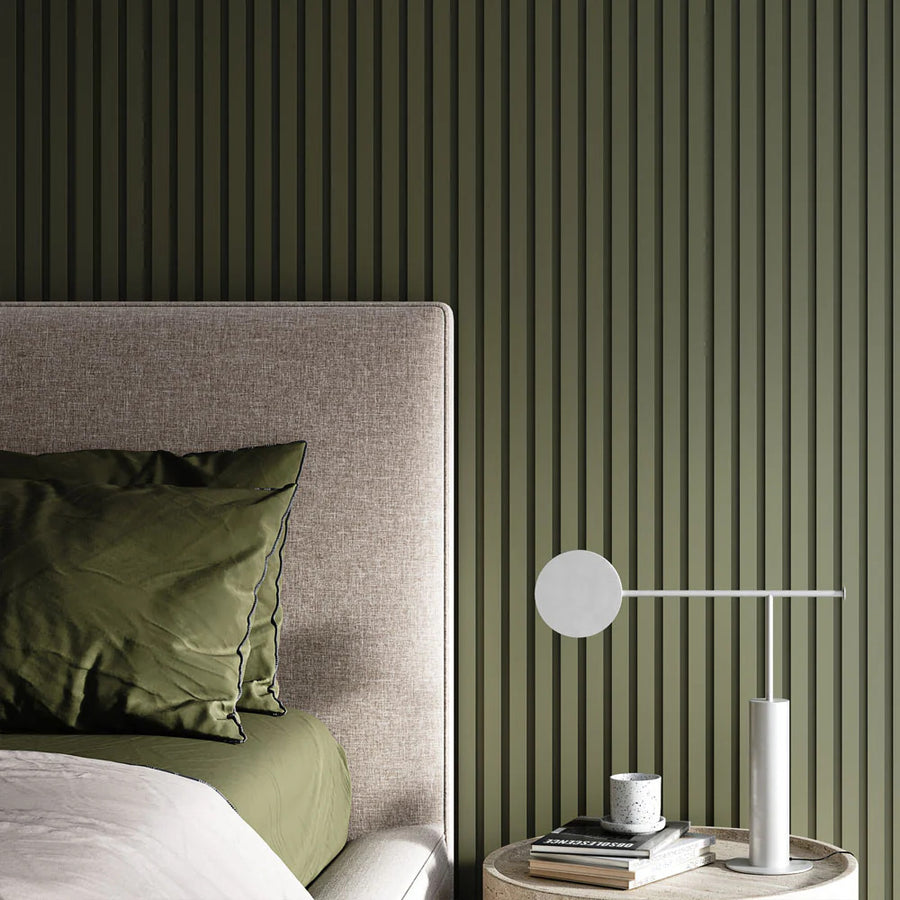
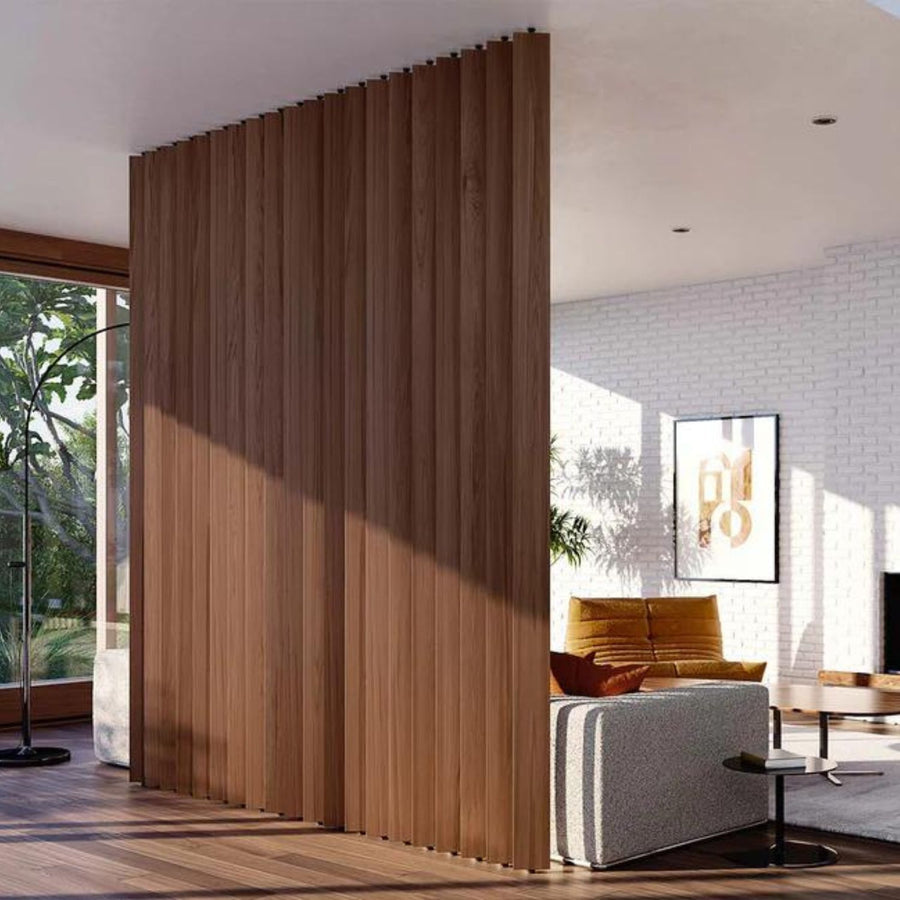
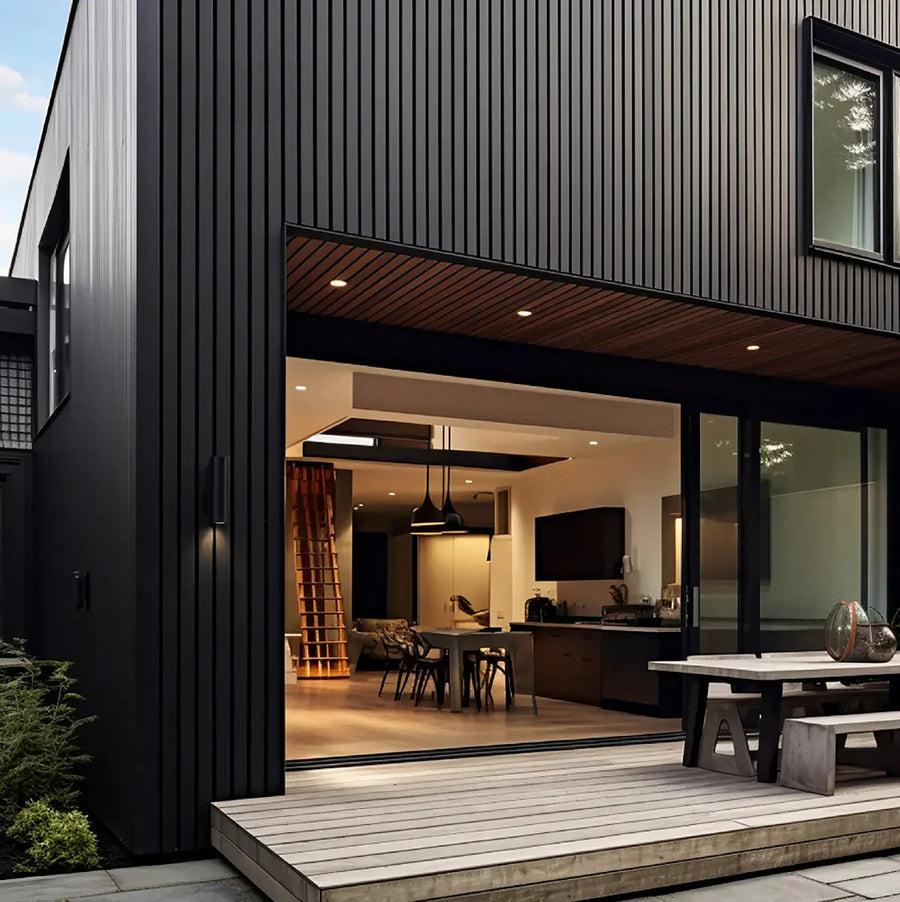
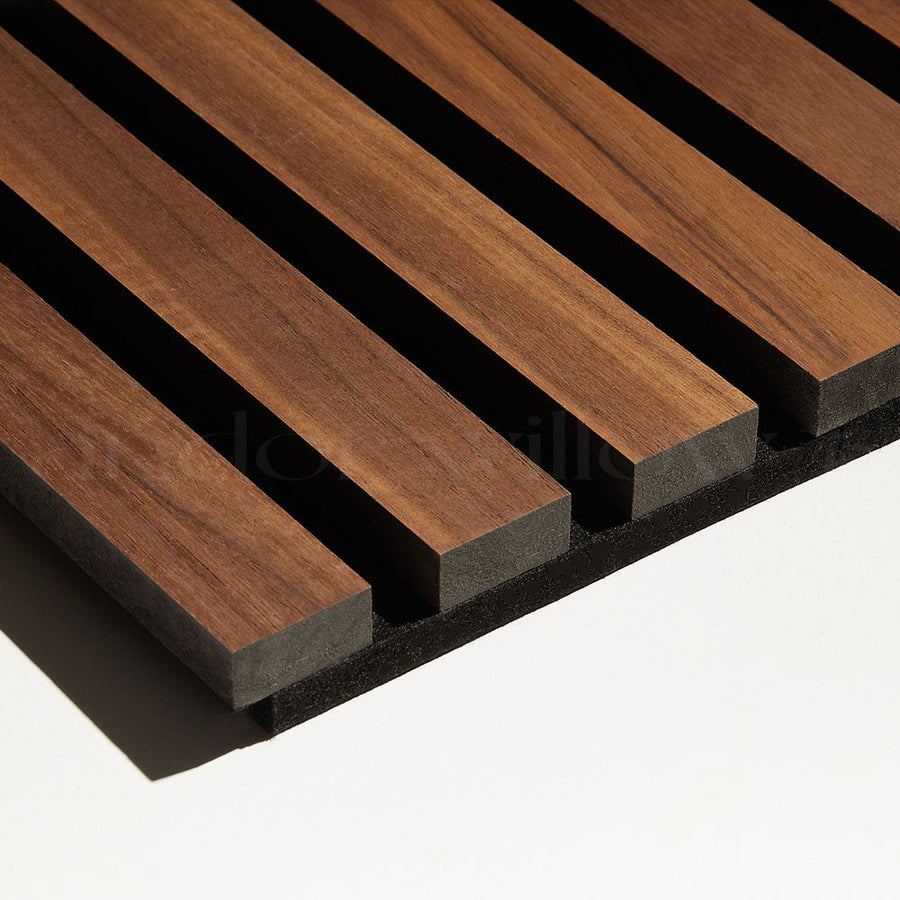
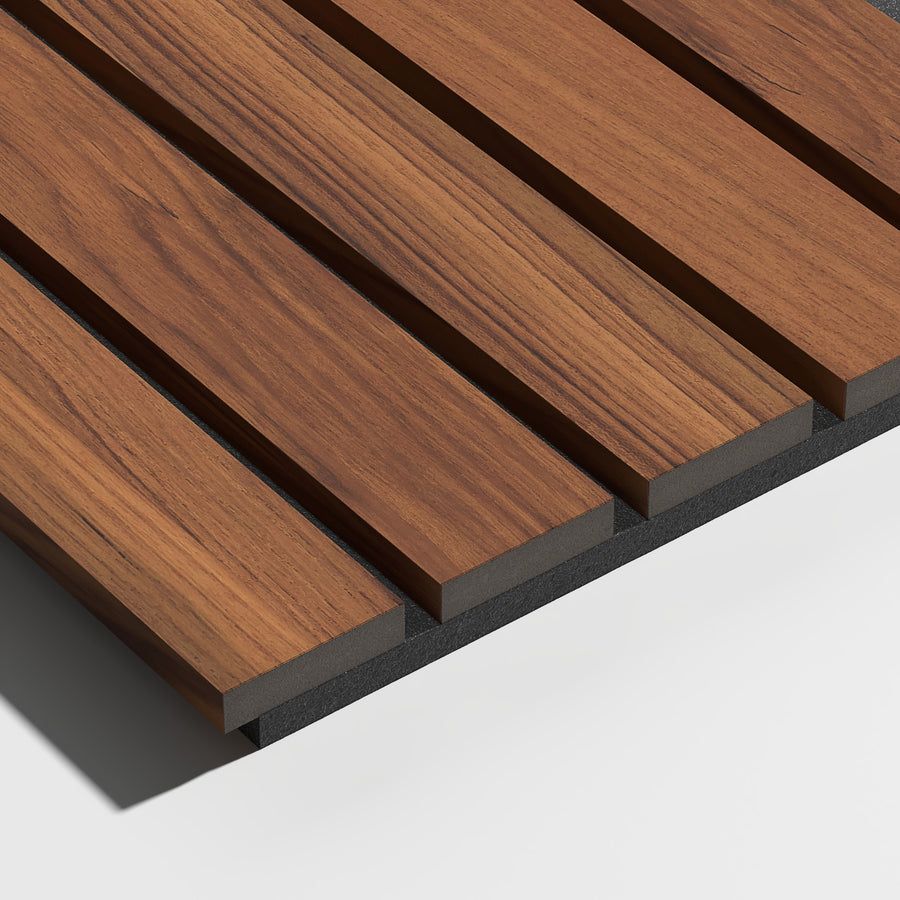

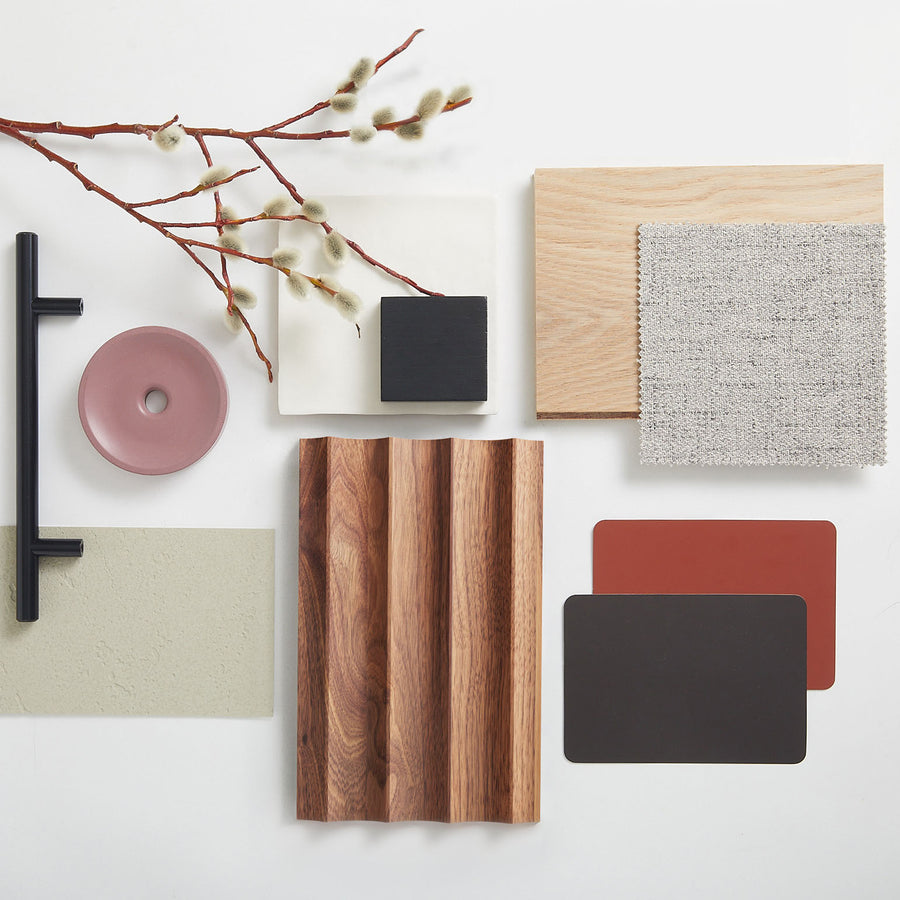
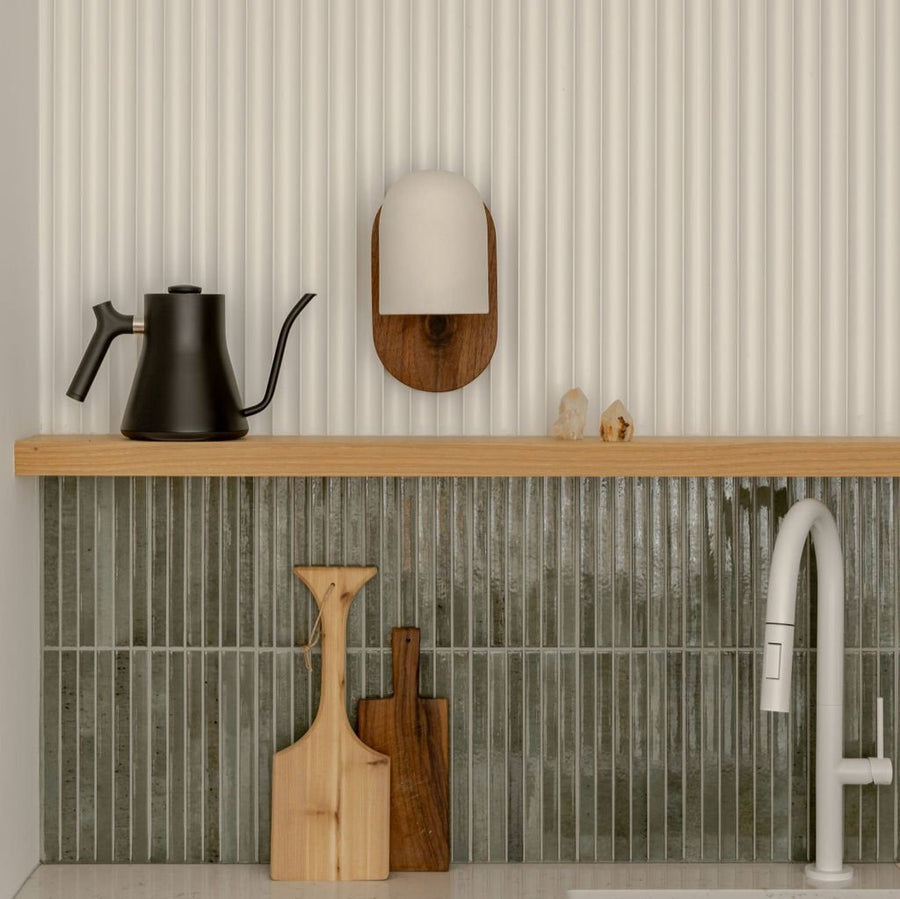
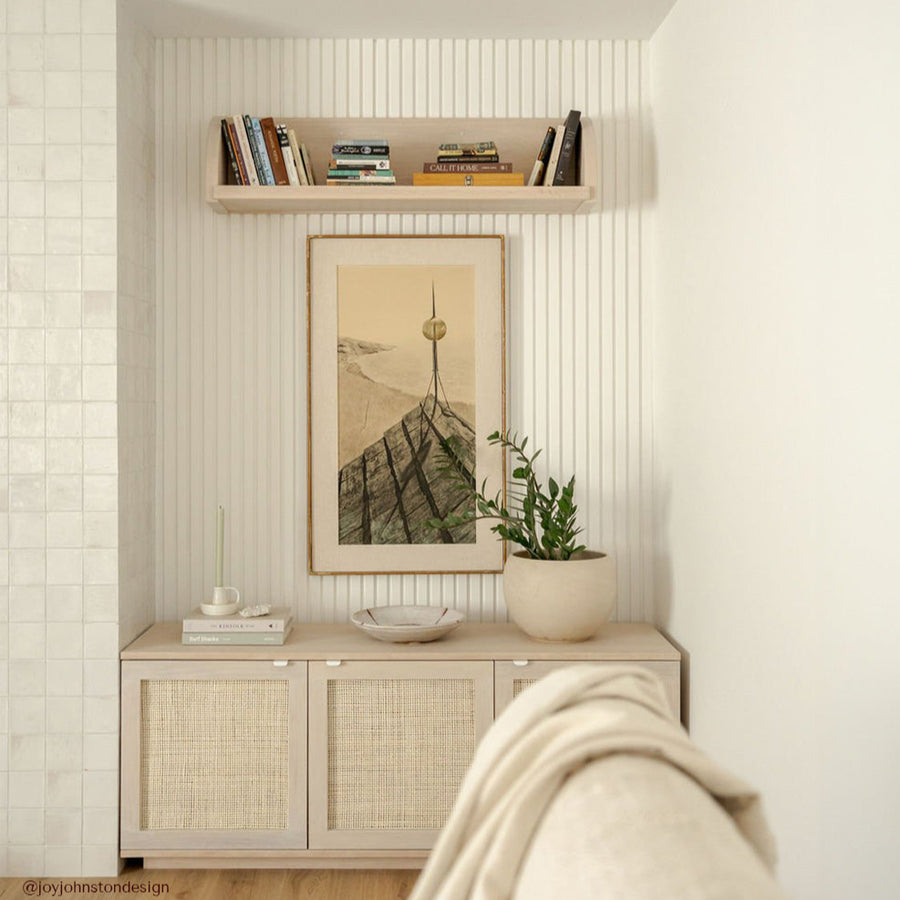

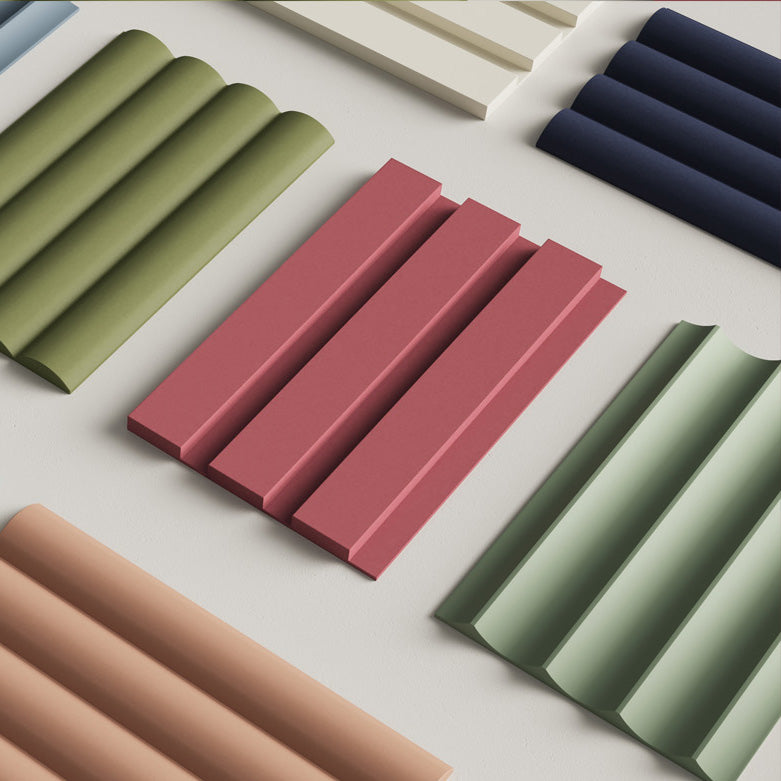













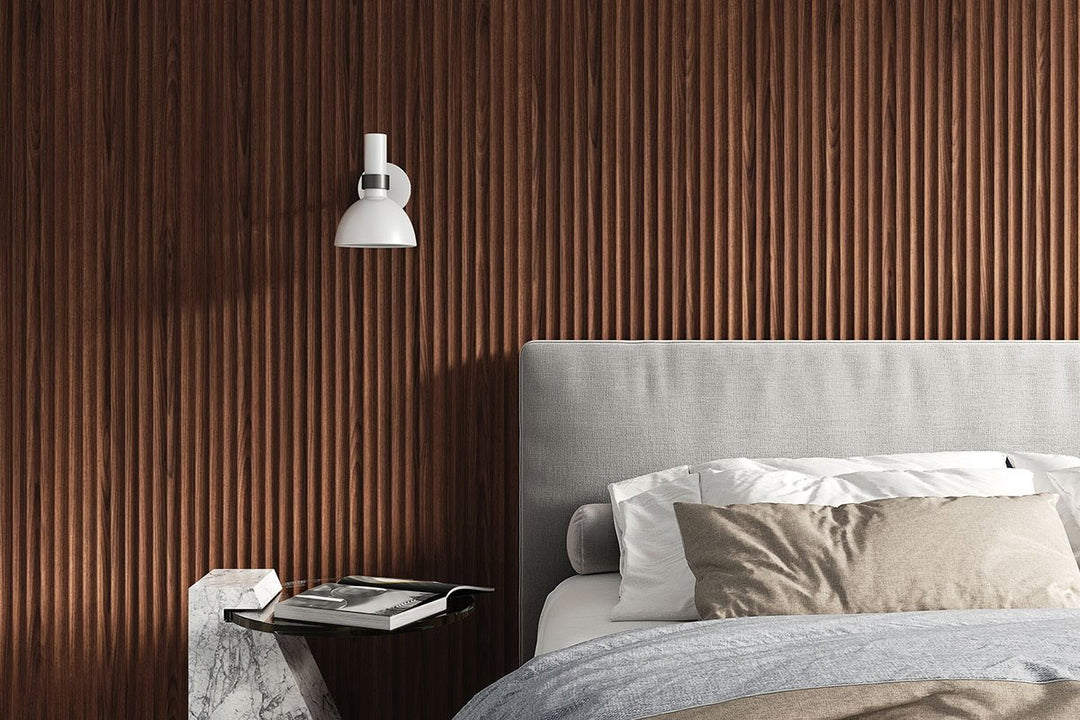
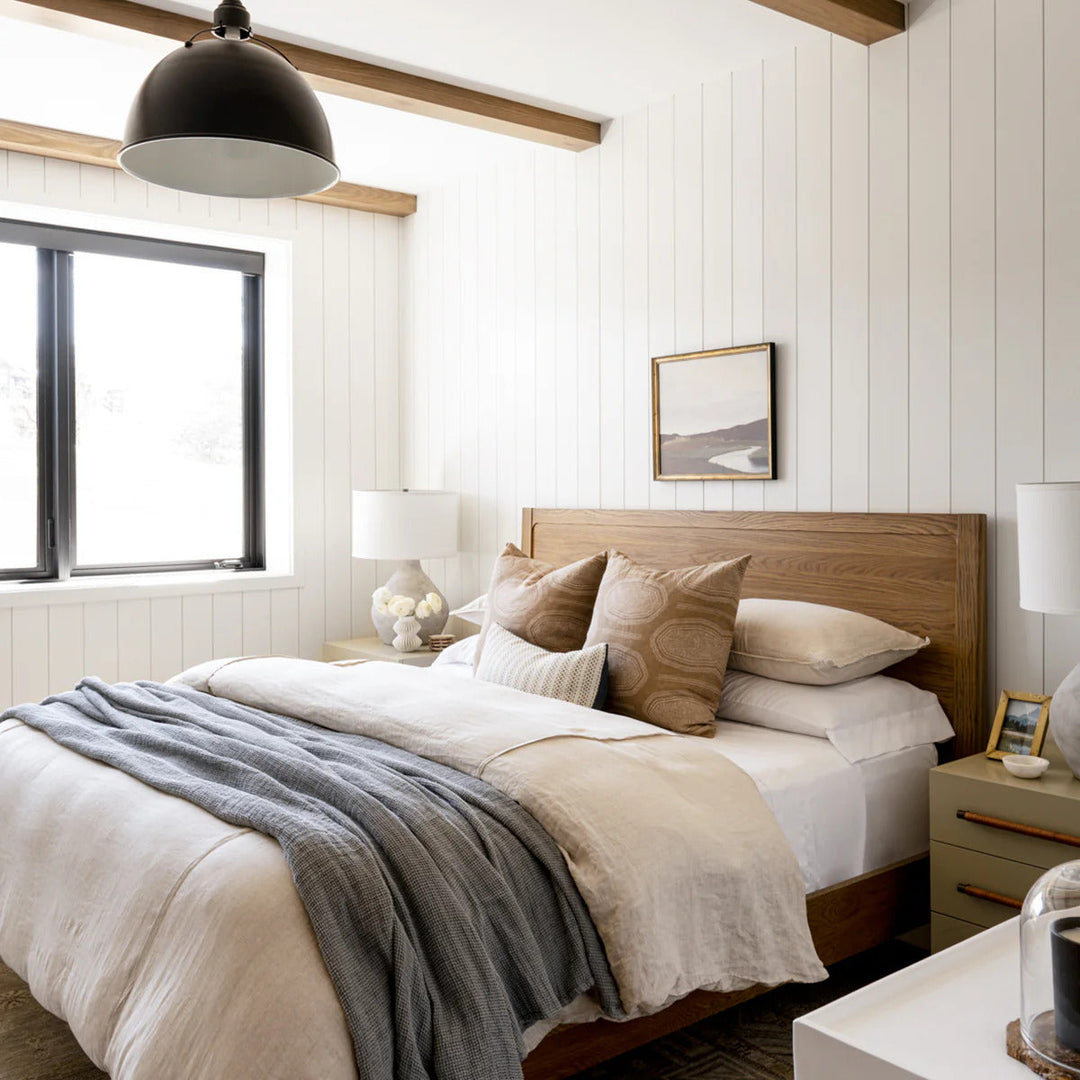
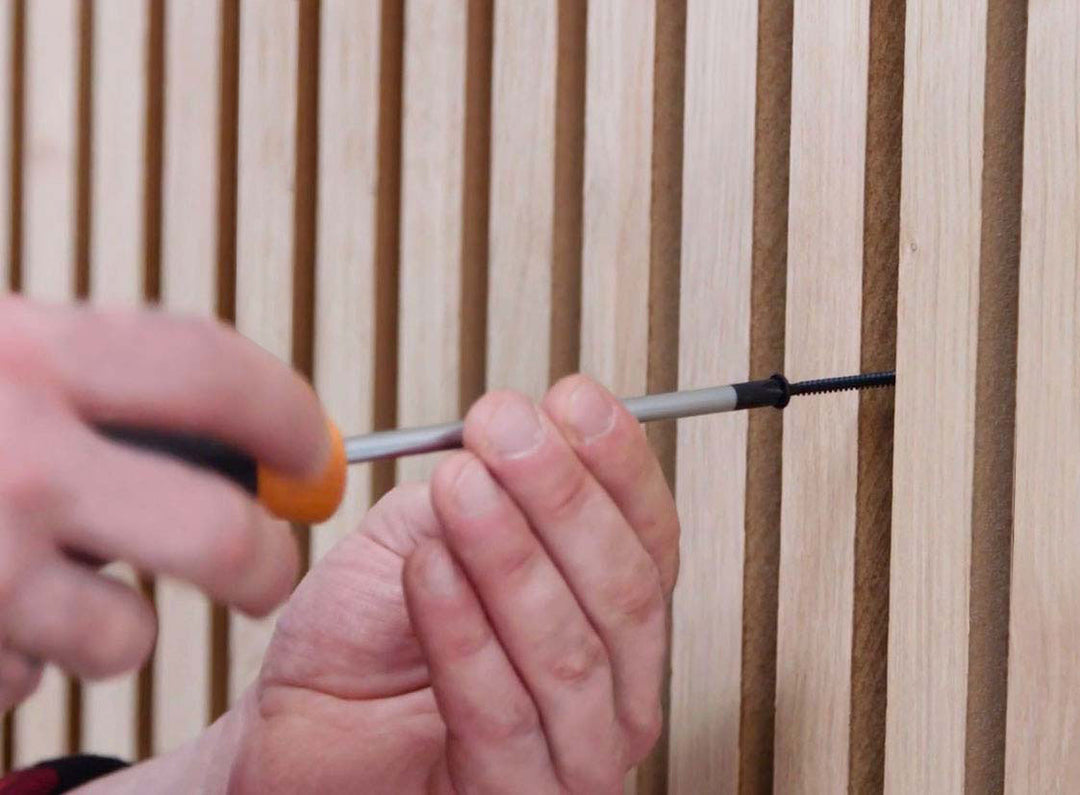

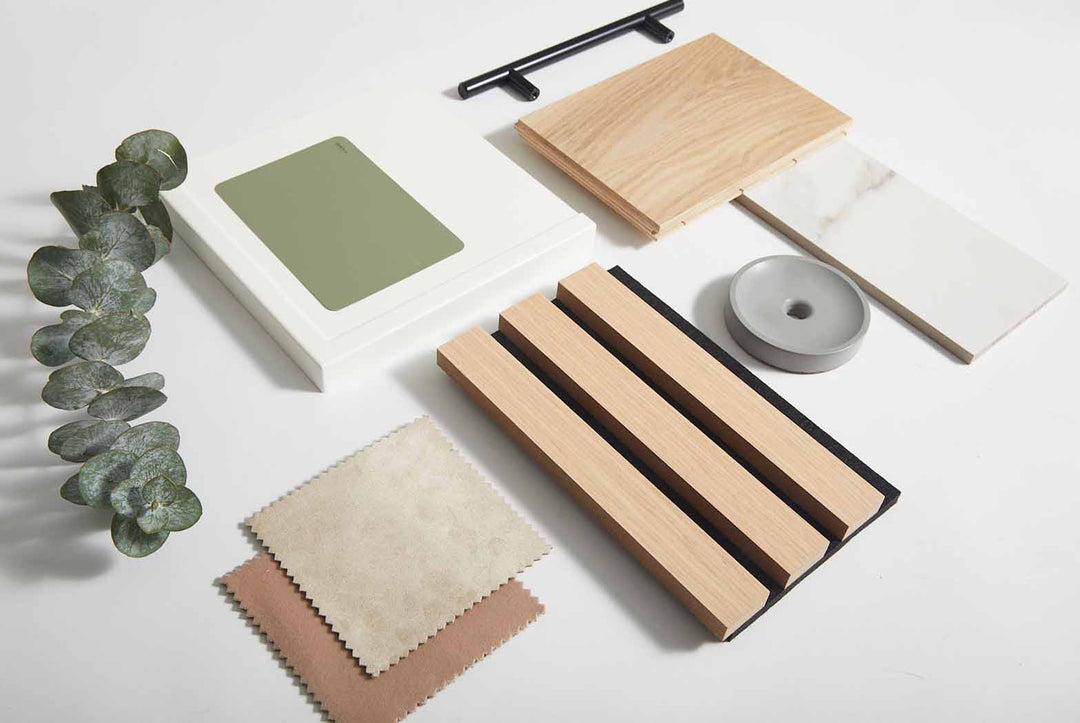











Leave a comment